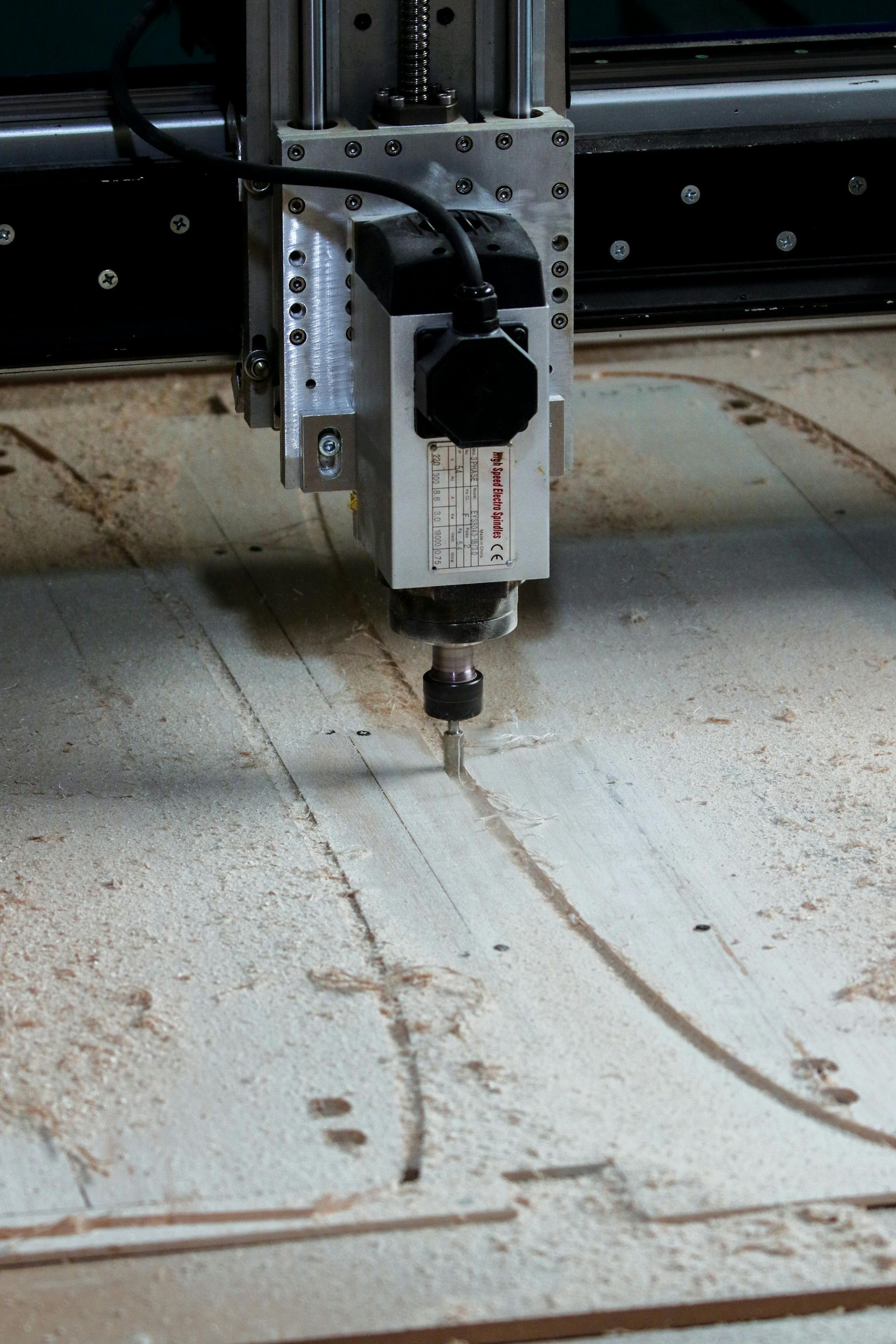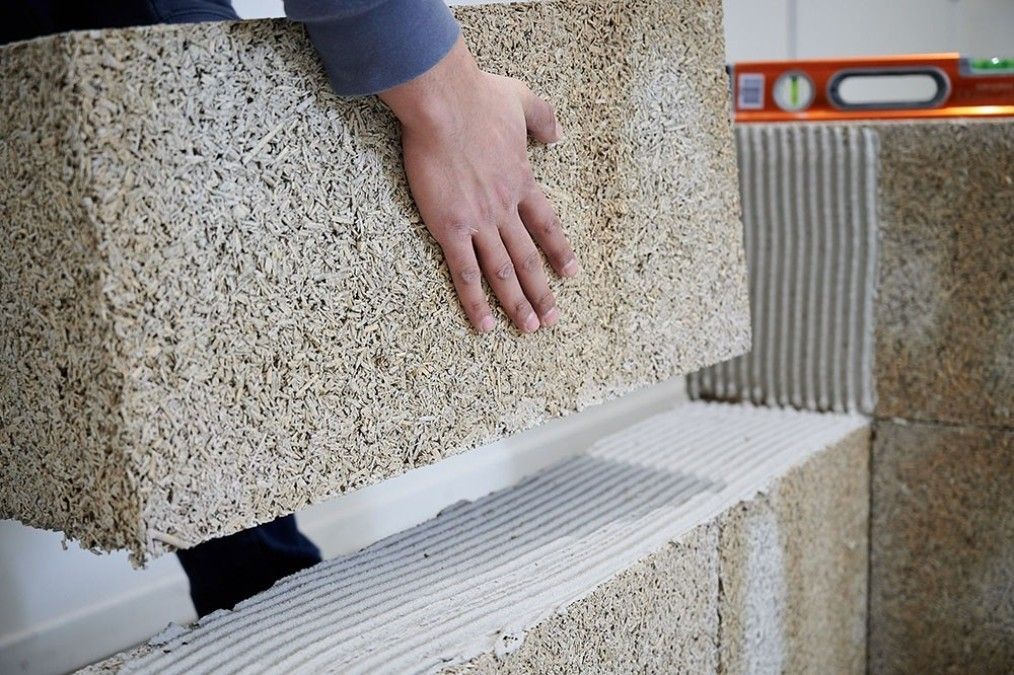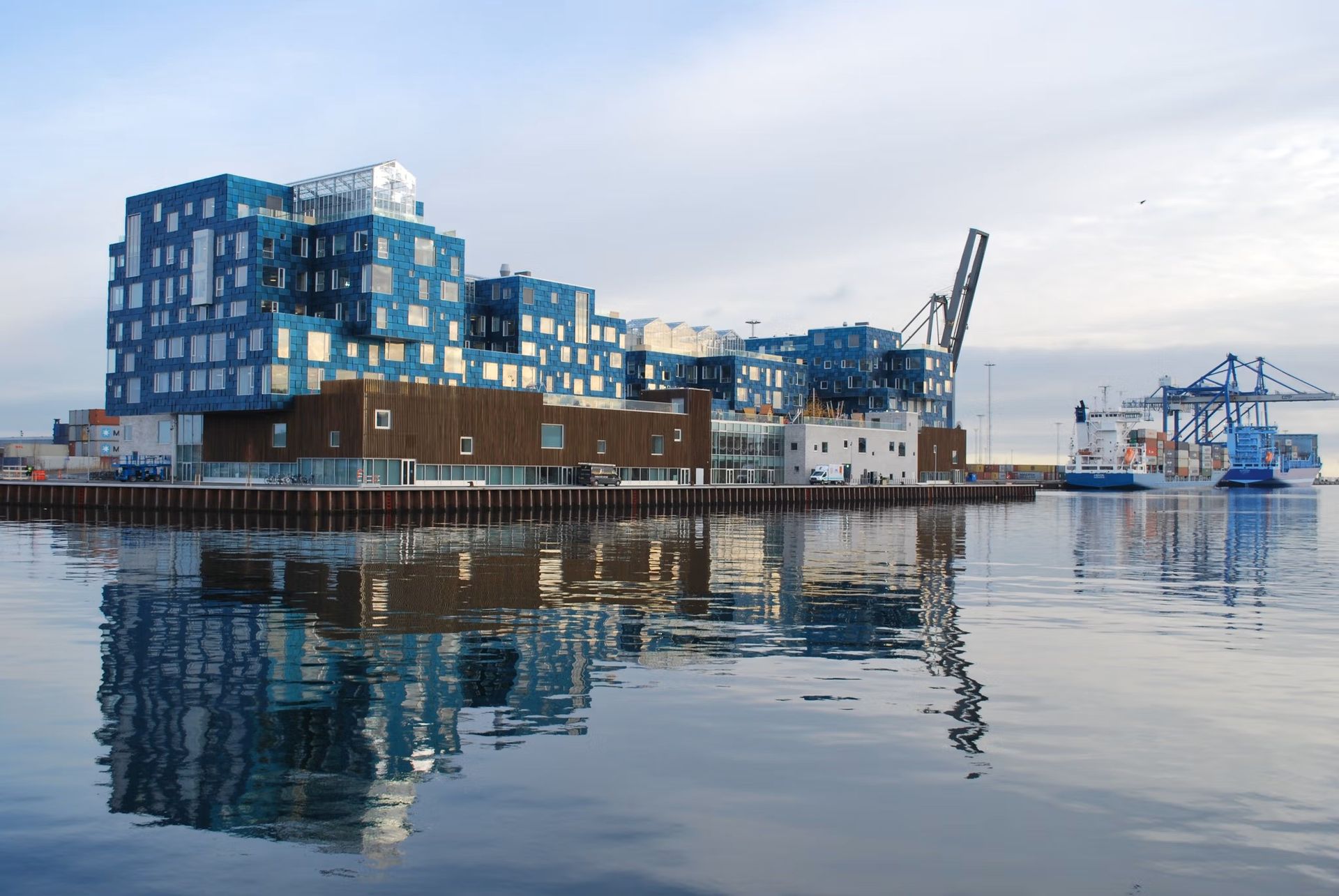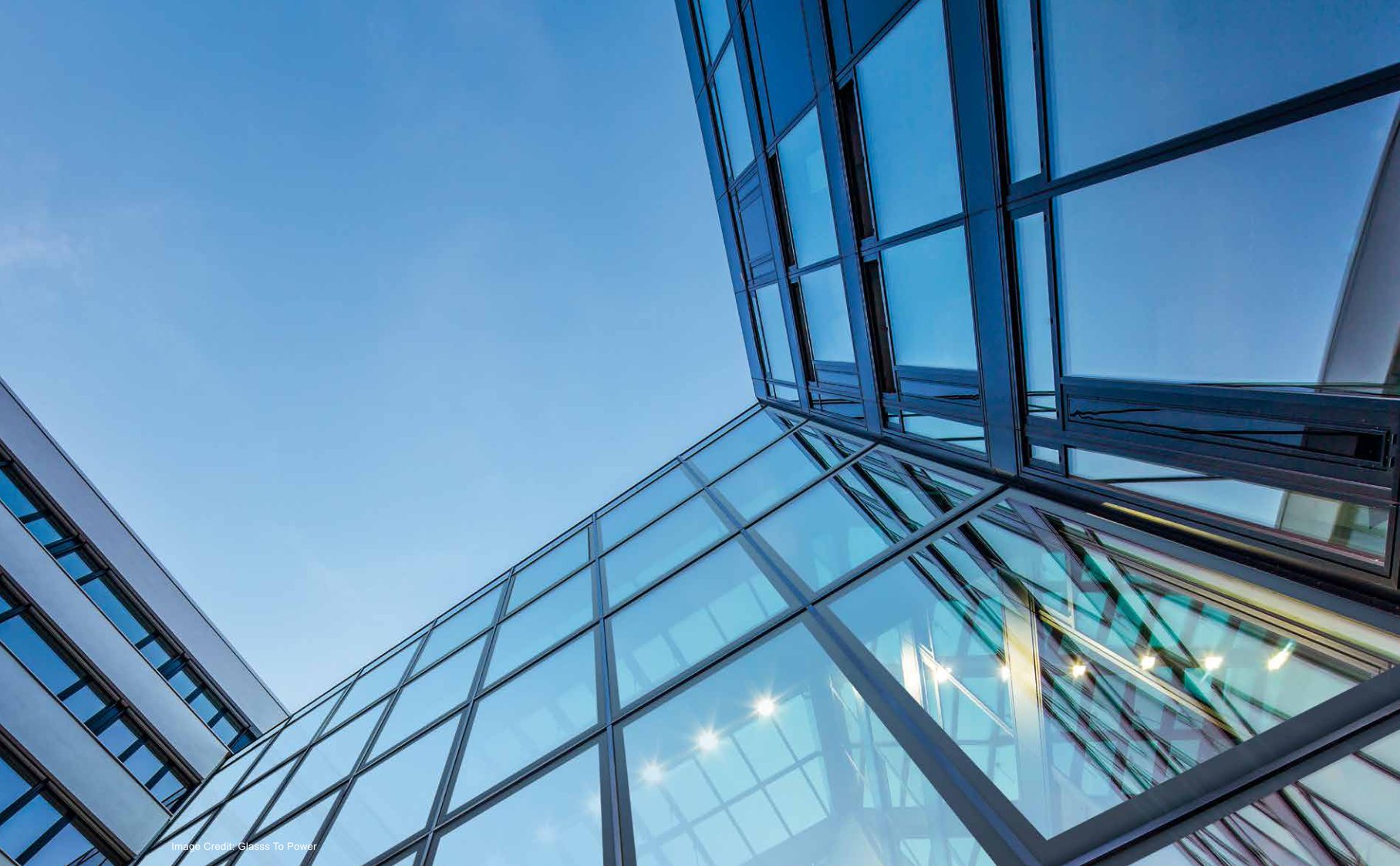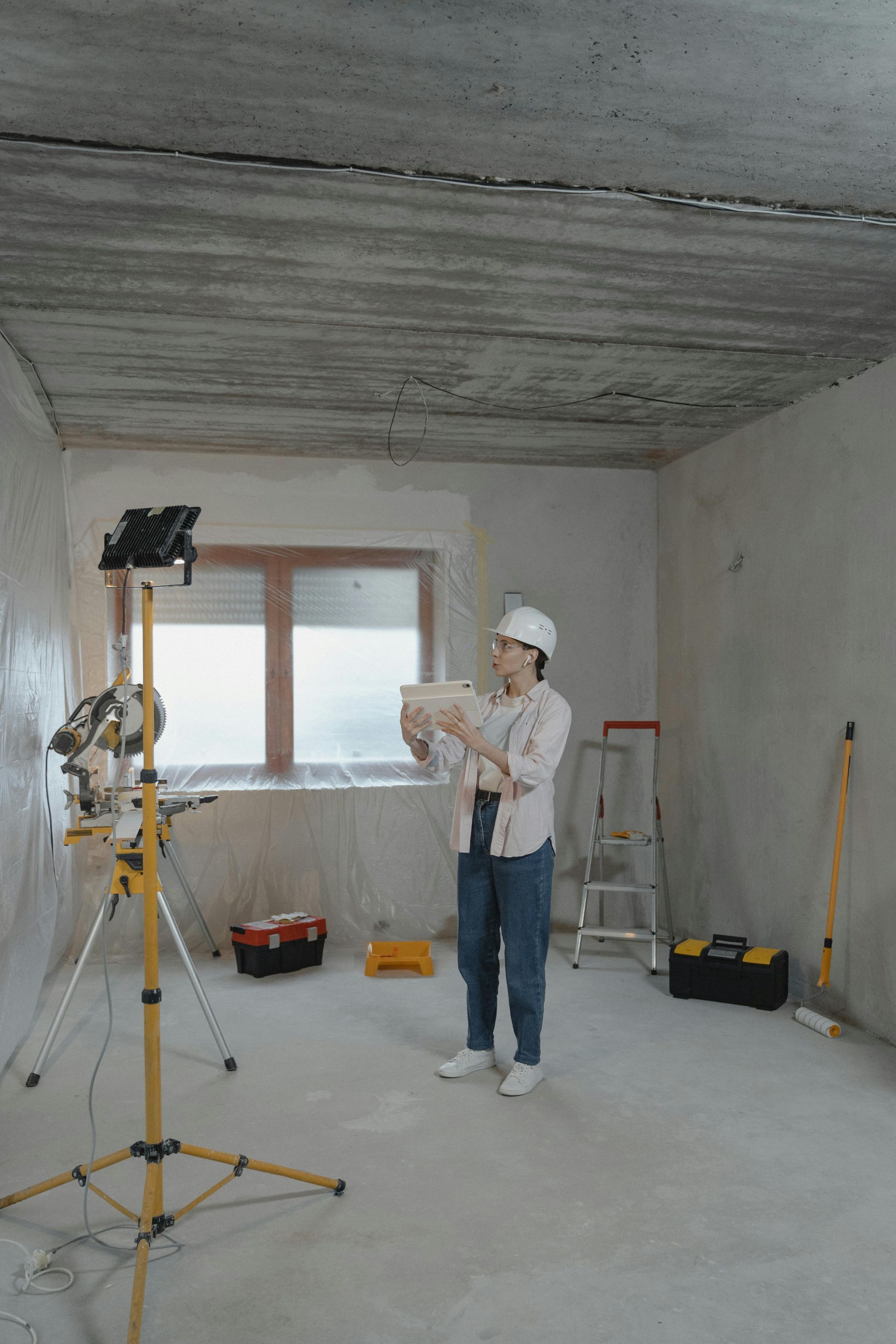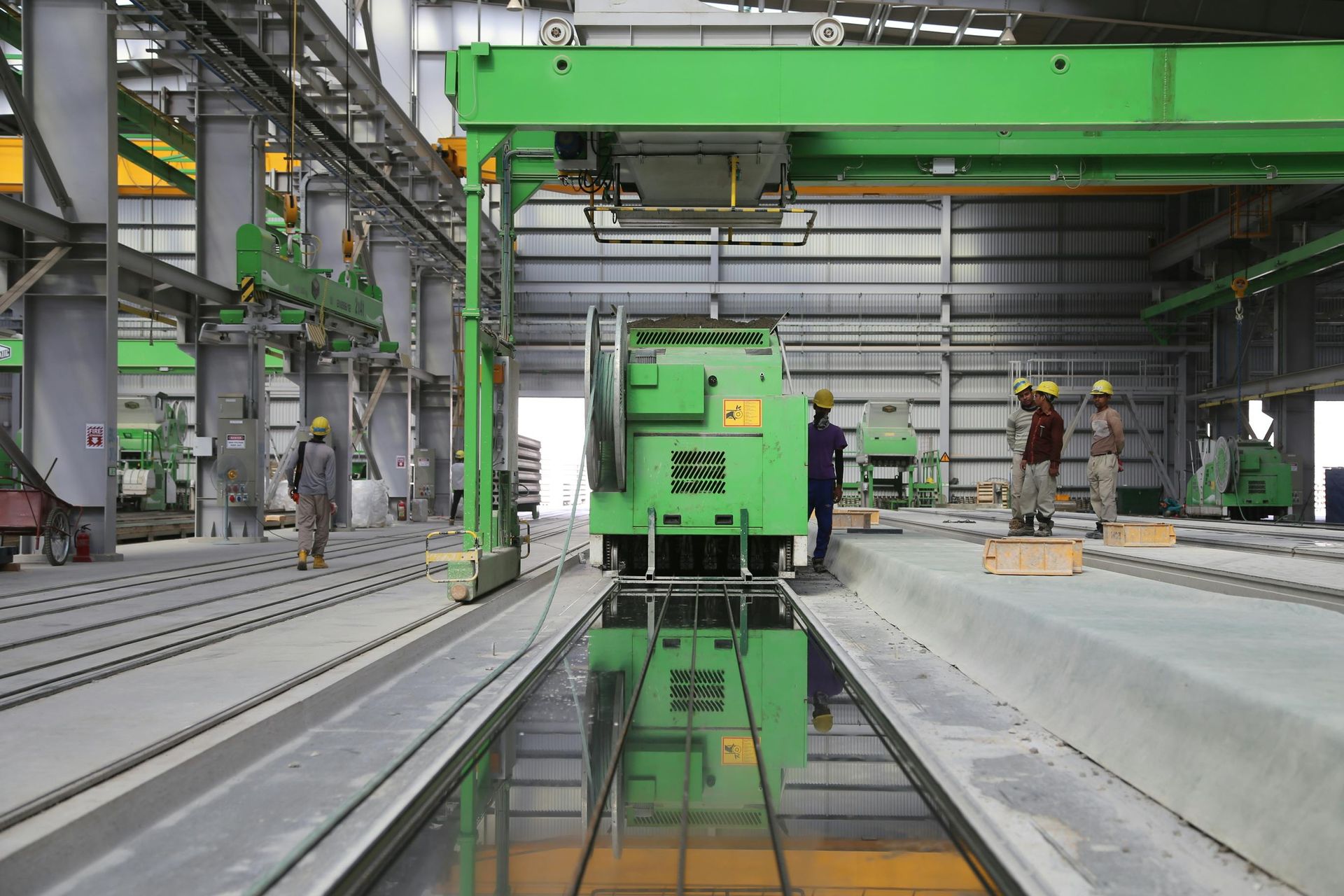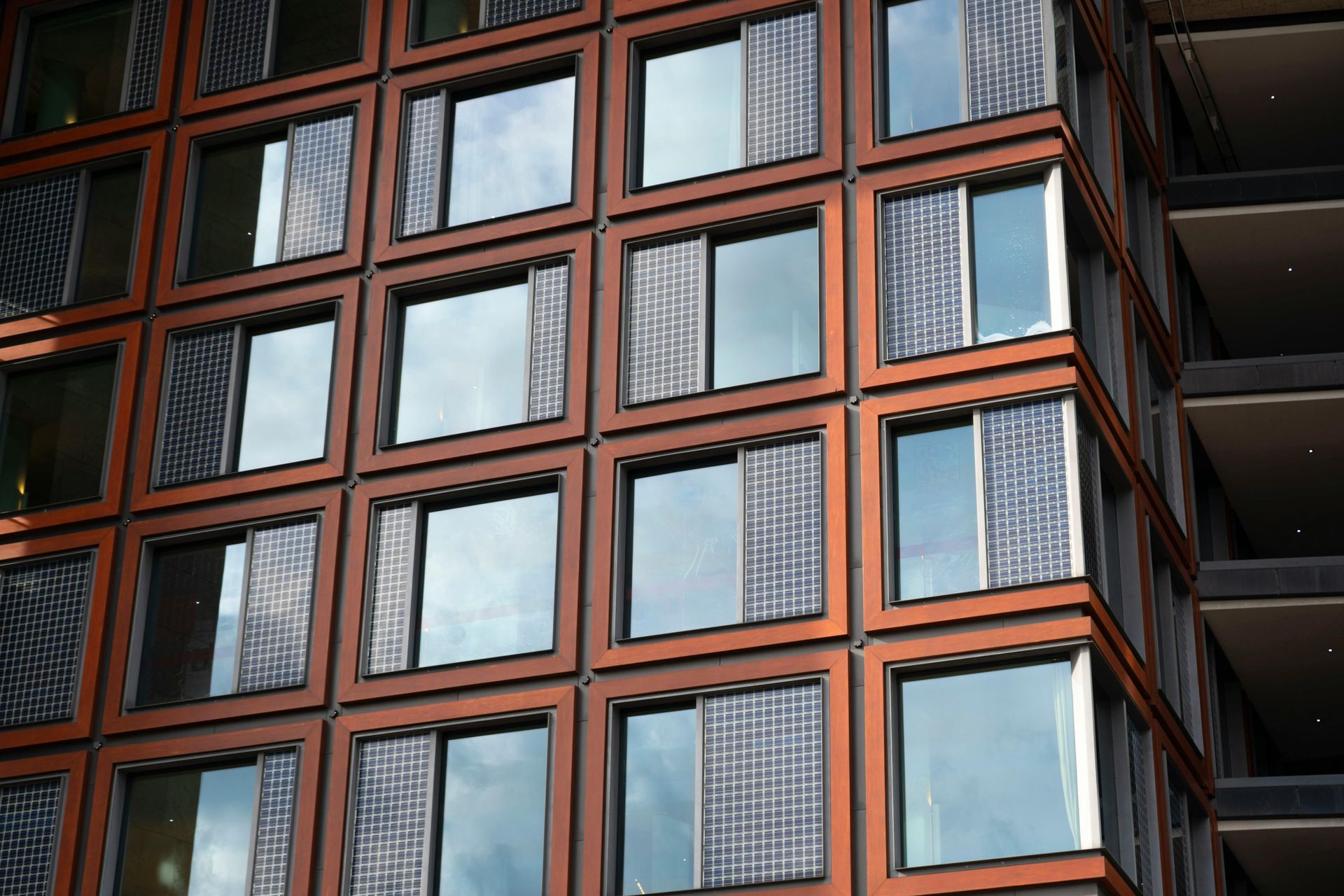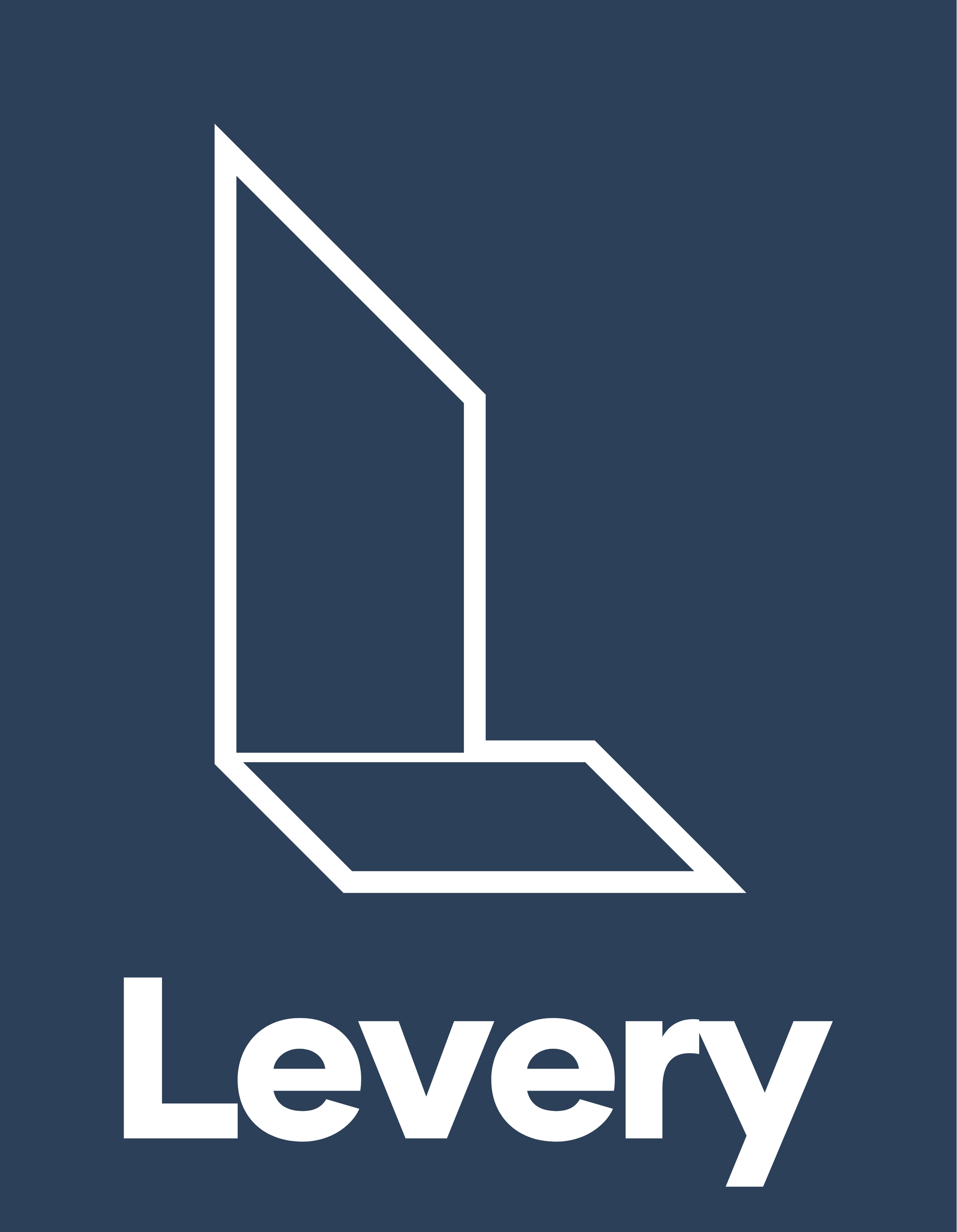Stepping into the Future: How ARyze is Revolutionizing Building Maintenance
Make It Digital
XR - ARyze platform
Series: Make It Digital XR-03
Article 07/25
Introduction
Extended Reality (XR), encompassing Virtual Reality (VR), Augmented Reality (AR), and Mixed Reality (MR), is fundamentally transforming how we interact with our world. By seamlessly blending physical and digital realms, XR enables innovative interactions with real environments and virtual objects. While already impactful in B2C (tourism, direct sales) and B2B (manufacturing, healthcare) sectors, XR's revolutionary potential in construction is immense. It offers powerful new tools for professionals, enhancing decision-making across a building's entire lifecycle – from initial design visualization and complex on-site management to streamlined maintenance and even deconstruction.
The Growing Complexity of Building Operations & Maintenance (O&M)
Modern buildings are becoming increasingly complex, integrating advanced technologies that pose new challenges for preserving long-term operational efficiency. Building envelopes now incorporate sophisticated active components like intelligent solar shading, automated openings, environmental sensors, photovoltaic modules, and advanced plant systems. While these innovations promise improved environmental performance and comfort, they also demand updated management and maintenance models.
Traditional, largely reactive and corrective maintenance approaches are no longer sufficient. Aligned with directives like the Energy Performance of Building Directive (EPBD, EU/2024/1275) and the Smart Readiness Indicator (SRI) framework, there's a growing urgency to develop innovative solutions. These solutions must preserve system functionality while simultaneously extending the building's useful life. The diverse technological nature of integrated systems and their interdependencies require technicians to engage in advanced document management (e.g., maintenance manuals, technical datasheets), analyze heterogeneous datasets, and frequently collaborate with various professionals.
XR as a Game Changer for O&M: Immediate Functionalities
This is where XR solutions emerge as a crucial technological enabler. They can significantly accelerate and enhance the precision of investigation and fault resolution in buildings, paving the way for fully digitized processes. In the near future, this will even facilitate the implementation of intelligent systems leveraging Artificial Intelligence (AI) for automatic fault recognition, guided maintenance support, and proactive prediction of potential malfunctions.
However, the immediate opportunities offered by current XR platforms address more practical needs with instantly applicable functionalities. Let's delve into some of these key capabilities:
- Immersive and Contextualized Visualization of Technical Documents: XR platforms allow for the real-time overlay of digital data – such as maintenance manuals, performance metrics, maintenance histories, and 2D/3D models – directly onto the physical environment of the building. This provides contextualized information crucial for diagnostics and maintenance planning. Imagine a technician seeing the relevant wiring diagrams superimposed directly onto the electrical panel they're inspecting!

Fig. 1 - ARyze platform (credits: Levery)
- Remote Technical Assistance: remote technicians and designers can access the XR platform, visualize the system in question, and provide qualified assistance to on-site technicians through immersive collaborative sessions. They can utilize digital annotations and visual instructions, significantly reducing the need for travel and accelerating problem resolution. This means expert help is just a click away, no matter the physical distance.
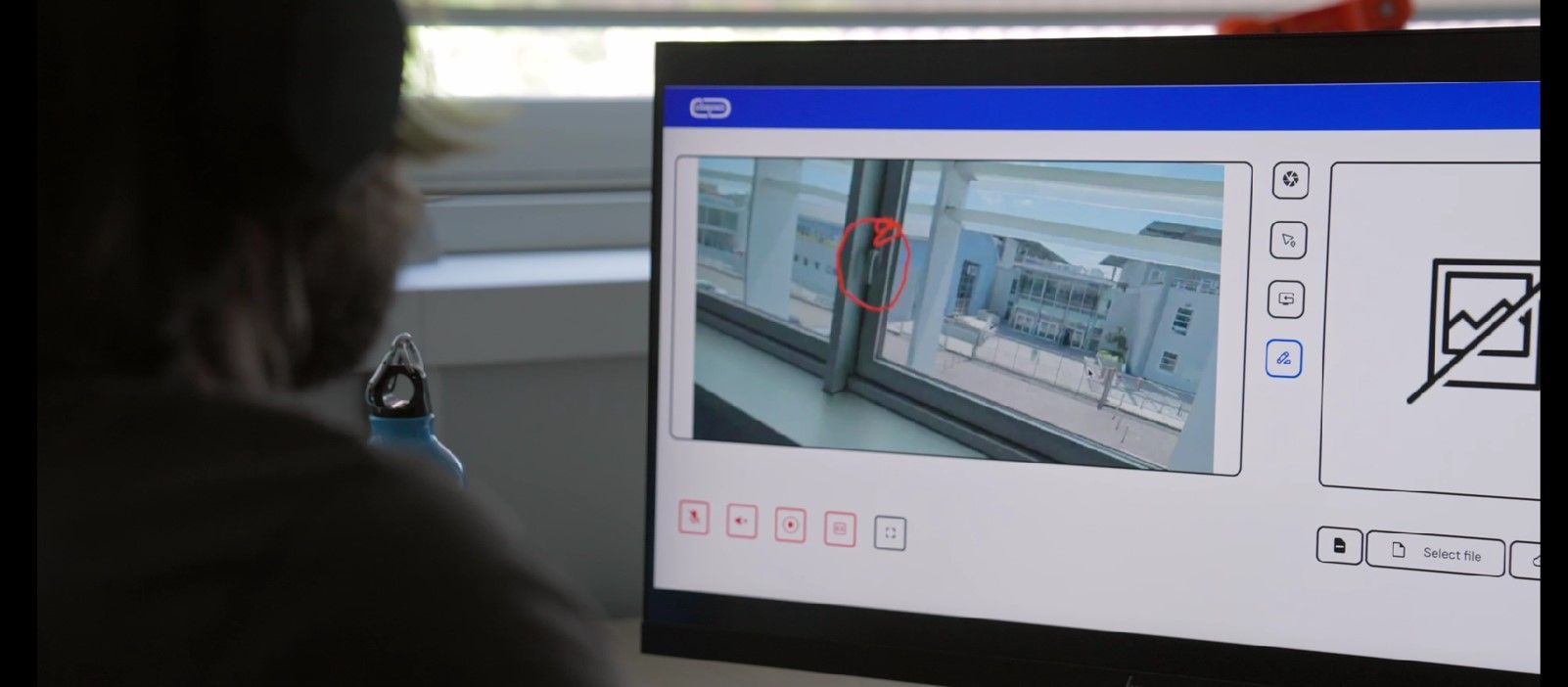
Fig. 2 - ARyze platform (credits: Levery)
- Immersive Simulations and Training: XR platforms enable the creation of virtual environments for training personnel on complex maintenance scenarios. This is particularly valuable for situations requiring the use of specialized equipment or the presence of multiple operators. By simulating these situations virtually, safety risks are mitigated, and operational interruptions are reduced even before the actual intervention begins.
- Advanced Diagnostics and Anomaly Detection: by querying data from IoT sensors, smart metering, thermal cameras, and Digital Twin models, technicians can access and visualize historical data series and real-time alerts through the XR platform. This capability allows them to identify performance variations and anticipate potential system malfunctions, moving towards a more proactive maintenance approach.

Fig. 3 - ARyze platform (credits: Levery)
- Automated and Certified Reporting: XR platforms streamline the generation of automated maintenance reports in real-time. Critical images and key actions can be easily saved and transcribed using voice or gesture interfaces, optimizing the time dedicated to manual report compilation. This not only saves time but also provides certified records of work performed.
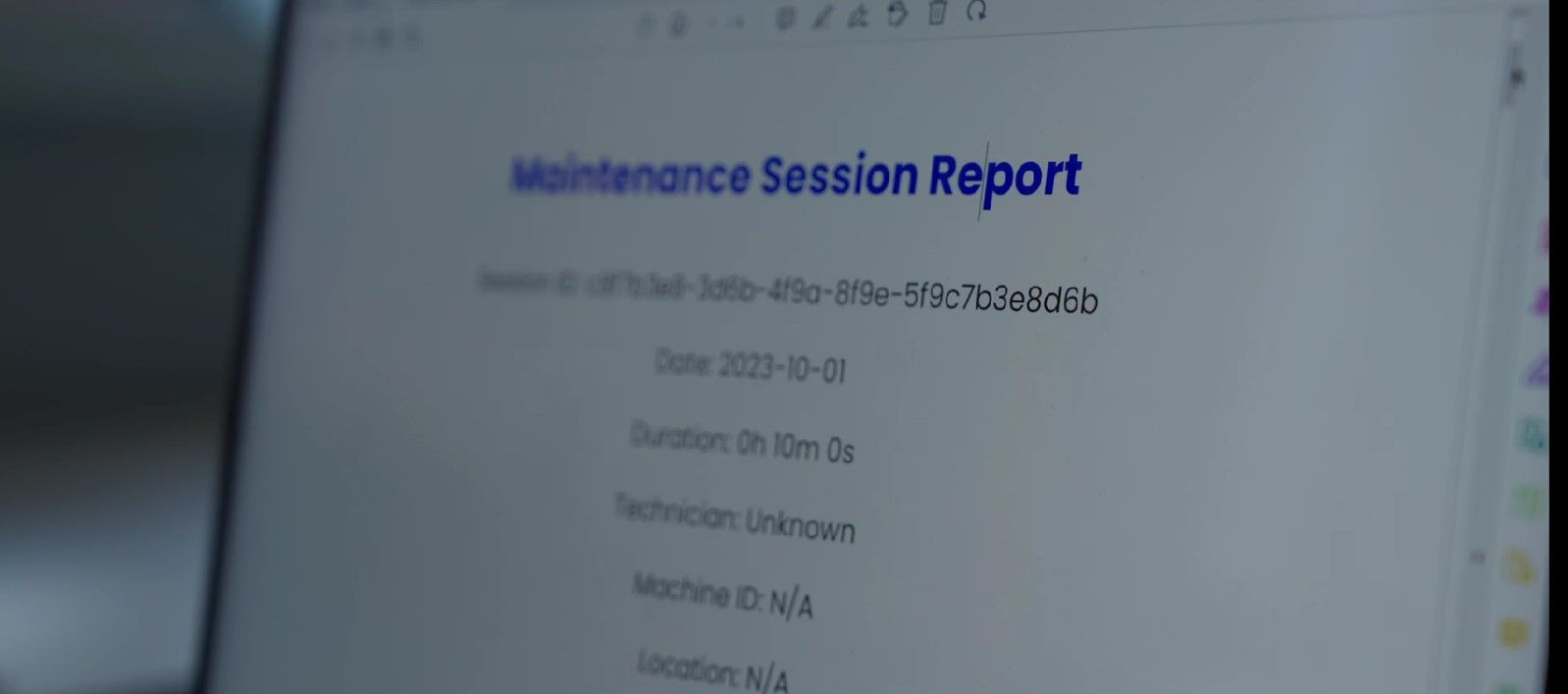
Fig. 4 - ARyze platform (credits: Levery)
The Path Forward: A Digitized Future for Building Management
While the long-term potential of XR technologies, supported by predictive maintenance schemes and AI, is vast, the current market focus prioritizes practical, highly useful functionalities to address concrete sectoral problems aimed at optimizing maintenance costs for complex building systems. Overlaying digital maintenance and performance data directly onto the building's physical environment is paramount, providing technicians and operators with contextualized, real-time information for diagnostics and maintenance planning.
The adoption of XR platforms in the building maintenance sector represents a significant area for the integration of these technologies. This lays the groundwork for entirely digitized O&M activities, especially as IoT infrastructure and data management mature. The future of building management and maintenance will undoubtedly be characterized by increasingly immersive, connective, and intelligent interactions.
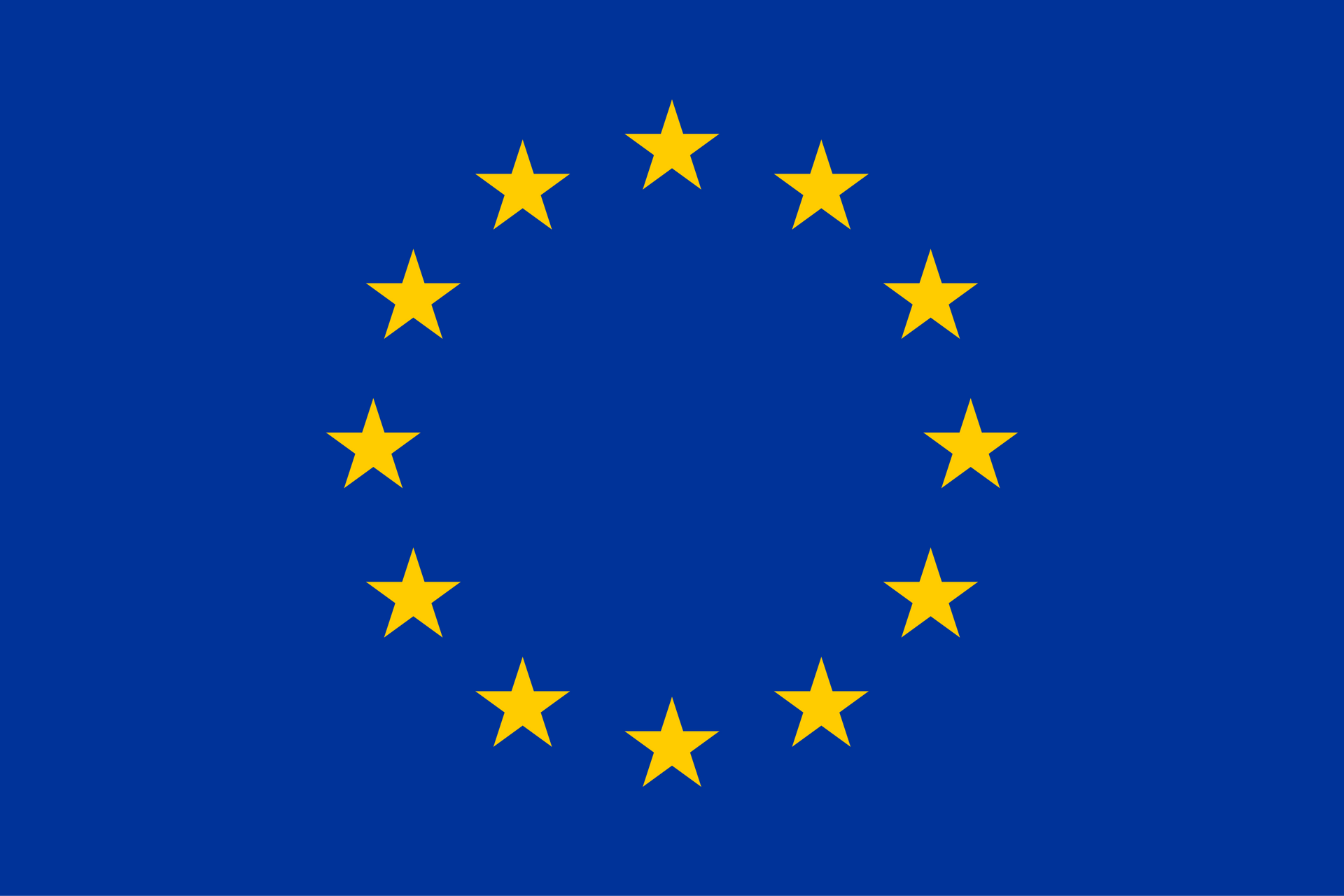
This research is funded by the European Union within the SUSTAIN Open Call. However, the points of view and opinions expressed are those of the Authors only and do not necessarily reflect hose of the European Union. Neither the European Union nor the granting authority can be held responsible for them.
